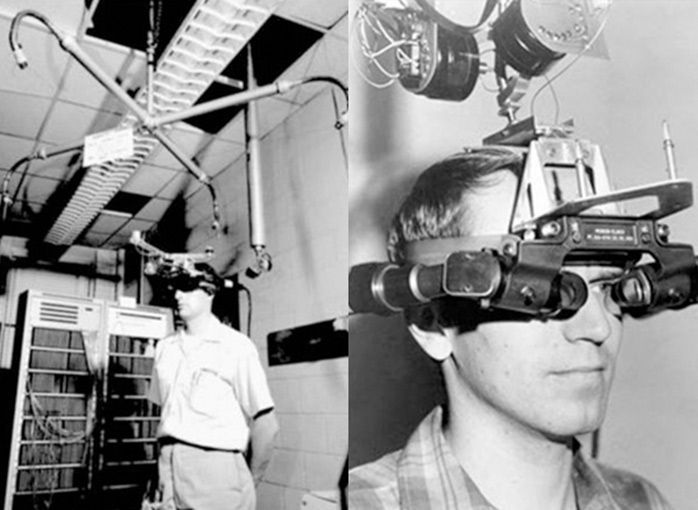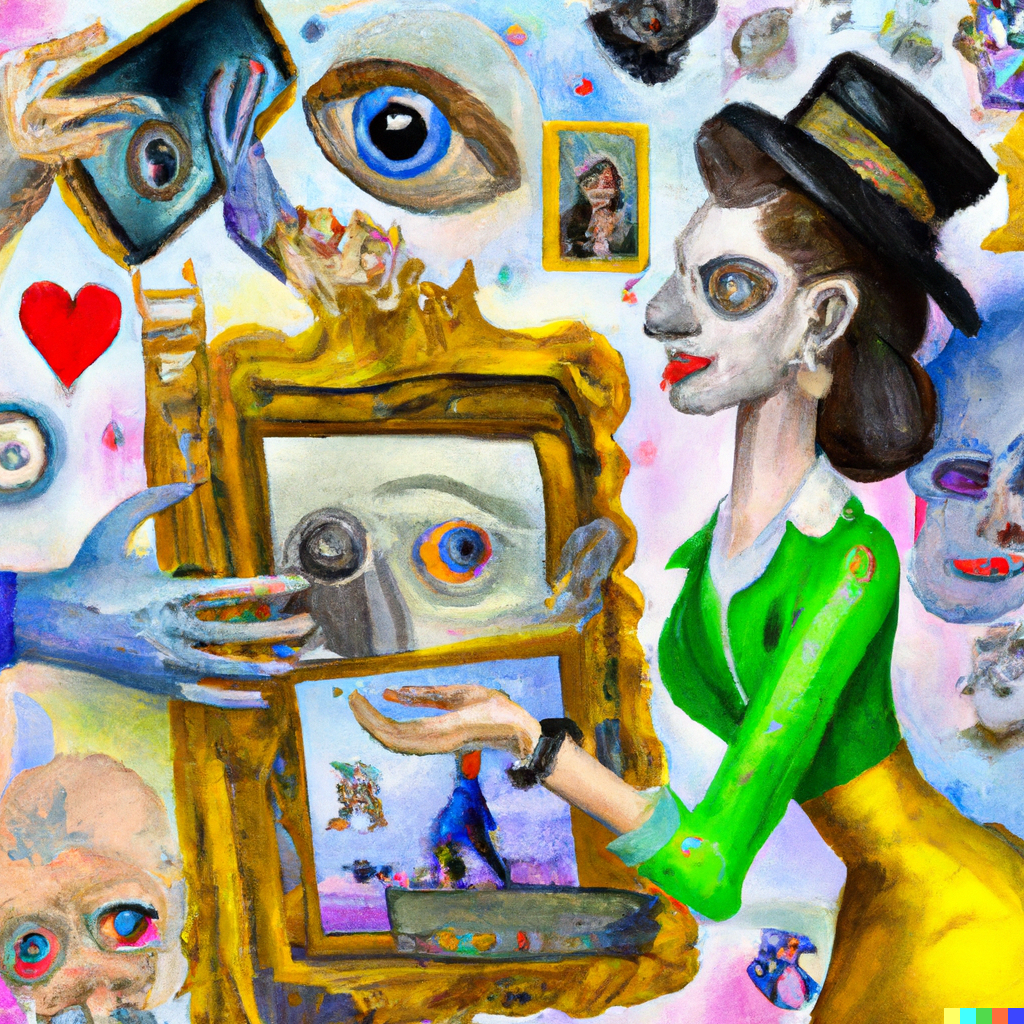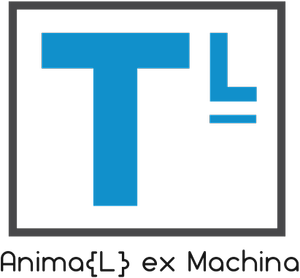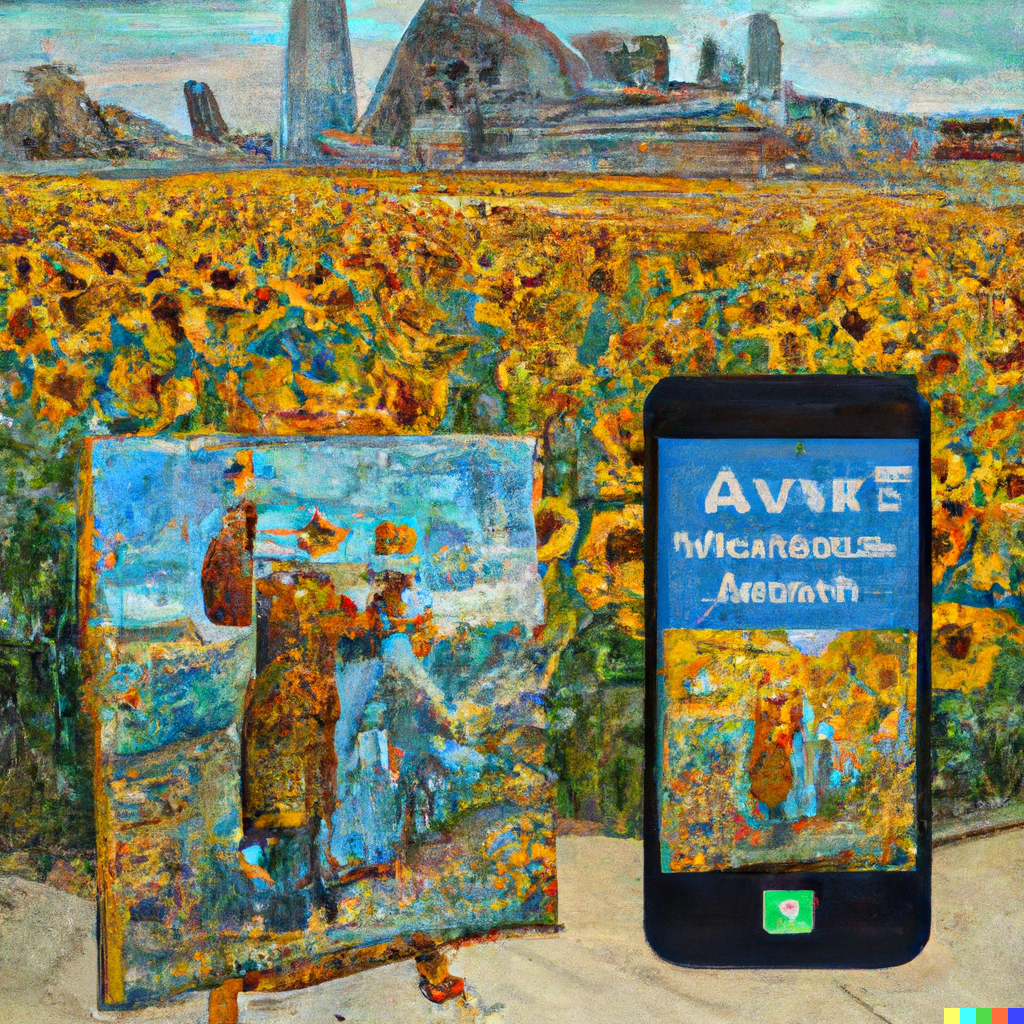Epimemetics: A Proposed Framework for Understanding the Role of Creativity in Cultural Evolution
Epimemetics: A Proposed Framework for Understanding the Role of Creativity in Cultural Evolution
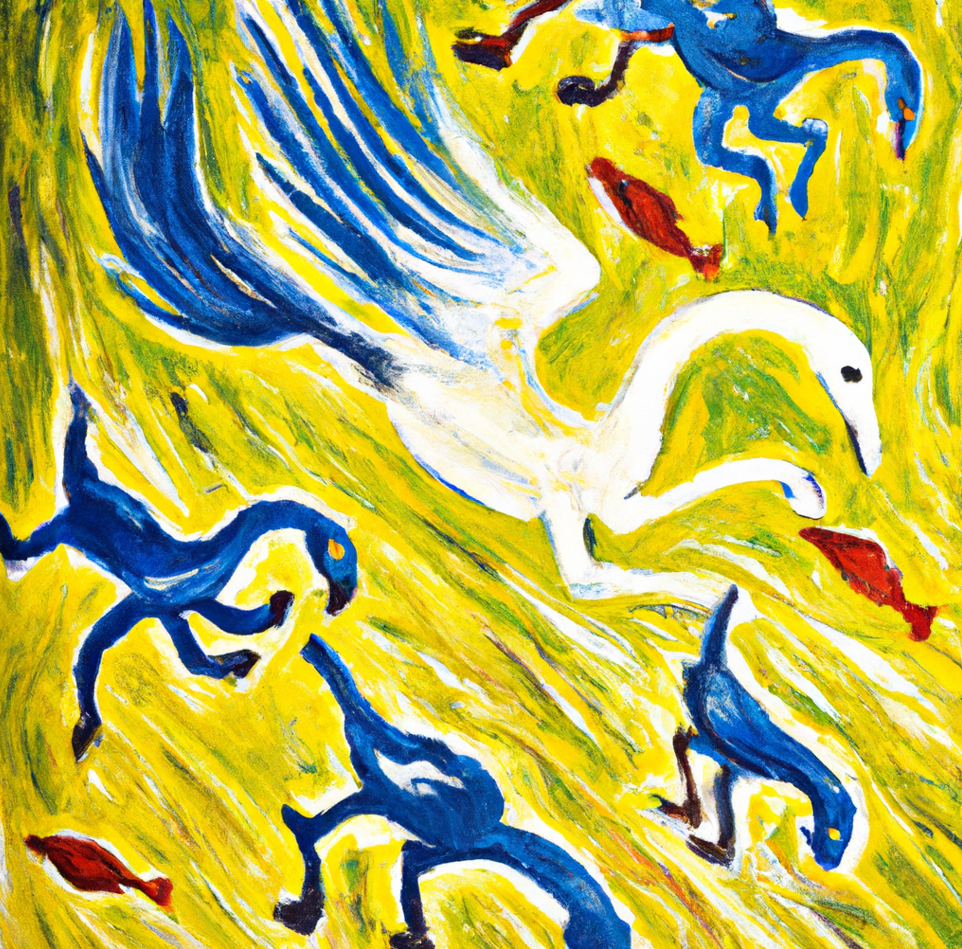
(This article is a theoretical exercise to find out if my stream of thoughts is valid, even though it was created based on the latest research on creativity and cultural evolution, still is just a concept!)
The emergent field of epimemetics borrows concepts from genetics and epigenetics to explore the dynamics of meme evolution, particularly focusing on the role of creativity. Memes, understood as units of cultural transmission, evolve in complex sociocultural environments. This paper proposes that epimemetics changes—alterations in the expression or transmission of a meme influenced by creative input—may play a critical role in meme evolution and cultural adaptation.
Keywords: Epimemetics, Memetics, Creativity, Cultural Evolution, Meme Mutation, Meme Modification
_____
The concept of memes was introduced by Richard Dawkins in his 1976 book, "The Selfish Gene" to explain how ideas spread and evolve within a culture (Dawkins, 1976). In recent years, the parallels between genetic and memetic transmission have not been increasingly explored, and even memetic theory was put out of topic. Still there are parallels in both theories that are worth exploring. If we take meme as theoretical unit of culture and innovations, we can get universal theory of cultural evolution and creativity as a leading force of these changes, like mutations of genes in Darwin evolution.
1. Gene and Meme
A gene is a segment of DNA that contains the instructions to make a specific protein (or part of a protein). Genes are the basic physical and functional units of heredity. They are passed from parents to offspring and contain the information needed to specify traits.
Genes are made up of DNA. Each chromosome contains many genes, which carry the instructions for producing proteins. These proteins perform most life functions and even make up many cellular structures. When genes are expressed, the genetic information (the sequence of nucleotide bases: adenine, thymine, guanine, and cytosine) is used to produce a functional product, typically proteins, which are crucial for the organism's growth, development, and health.
It's important to note that not all DNA is made up of genes. In fact, a significant proportion of DNA in the human genome does not encode protein sequences. Some of this noncoding DNA controls gene expression, and some of it has functions that are still not fully understood.
Meme is a segment of cultural information or idea that is transmitted from one mind to another. Memes propagate themselves in the meme pool by leaping from brain to brain, through a process which, in the broad sense, can be called imitation.
Examples of memes include thoughts, ideas, theories, practices, habits, songs, dances, languages, and even moods and feelings. Memes propagate themselves and can evolve, becoming more prevalent in a culture depending on their relevance and effectiveness at influencing the behavior of their hosts.
Much like genes, memes vary in their success at replicating; some may propagate widely while others may die out. They undergo changes through mutation, recombination, and other processes, often influenced by the creativity of individuals. Their propagation often relies on social and communicative behaviors, and they can significantly influence cultural evolution.
2. Epigenetics and Epimemetics
Epigenetics is the study of changes in organisms caused by modification of gene expression, rather than alteration of the genetic code itself. This field of study involves understanding changes in the activity of genes that don't involve changes to the underlying DNA sequence — a change in phenotype without a change in genotype — which in turn affects how cells read the genes.
The term 'epigenetics' also refers to the changes themselves: functionally relevant modifications to the genome that do not involve a change in the nucleotide sequence. Examples of such changes are DNA methylation and histone modification, both of which serve to regulate gene expression without altering the underlying DNA sequence.
Epigenetic changes can switch genes on or off and determine which proteins are transcribed. They can be influenced by several factors including age, environment, lifestyle, and disease state. Importantly, unlike genetic changes, some epigenetic changes are reversible, and some can even be inherited.
Understanding the principles of epigenetics is crucial for comprehensive knowledge of diseases such as cancer, heart disease, neurological and cognitive disorders, autoimmune diseases, aging, and even how our bodies respond to diets and stress. This field of science has potentially transformative implications for almost all areas of medicine.
Epimemetics could be the study of changes in the transmission or expression of memes (units of cultural information) that do not involve alterations to the underlying memes themselves. This field could involve understanding changes in meme activity that don't involve changes to the underlying meme content — a change in meme phenotype without a change in meme genotype — which in turn affects how individuals or societies interpret and pass on these memes.
The term epimemetics could also refer to the changes themselves: functionally relevant modifications to the meme that do not involve a change in the core meme content. Examples of such changes could be shifts in interpretation, contextual framing, and methods of dissemination, all of which serve to regulate meme transmission without altering the fundamental meme content.
Epimemetics changes could alter the expression of memes, determining how they are perceived, interpreted, and spread. They could be influenced by several factors including societal norms, environmental context, technological platforms, and individual cognition. Unlike the memes themselves, some epimemetics changes could be reversible and some could even be propagated across generations or groups.
This is a speculative definition and assumes that memes can be directly compared to genes, which may not fully capture the complexity of cultural transmission. However, it provides a starting point for conceptualizing what the study of "epimemetics" might look like.
5. Meme Modifications
Just as epigenetic changes can alter gene expression without altering the underlying DNA sequence, epimemetics changes could involve alterations in the way a meme is expressed or transmitted without changing the meme's core content. Such modifications, driven by creative reinterpretation and representation, could significantly influence how a meme spreads and evolves (Dawkins, 1976; Dennett, 1995).
Just as with genes, memes can undergo changes and these changes could be caused by a variety of factors.
- Meme Modification: Like DNA methylation or histone modification, this could be a change in the way a meme is expressed or interpreted without changing the underlying meme content itself. For example, the way a meme is framed or presented (e.g., with humour, sarcasm, anger) can affect how it is perceived and spread, much like how DNA methylation can turn a gene "on" or "off."
- Meme Context: The context in which a meme is transmitted could act like non-coding RNA molecules. This could include the societal norms, the medium of transmission (e.g., social media platform, word of mouth), the current events at the time of transmission, or the cultural background of the individuals transmitting and receiving the meme. These factors can significantly affect how the meme is interpreted and spread.
- Meme Mutation: Like genetic mutations, this would involve a change in the content of a meme itself. This could occur due to misunderstanding, reinterpretation, or intentional modification as the meme is passed from person to person. The new version of the meme may then continue to be spread, leading to a form of "meme evolution."
- Environmental Influence: Just as environmental factors can induce genetic changes; similar influences could lead to changes in meme transmission or expression. This might include significant events (e.g., political, societal), changes in technology or social media algorithms, or shifts in cultural norms or popular sentiment.
6. Creativity
Creativity can lead to "meme mutations"—changes in the content of the meme itself—which can alter the meme's meaning or impact. Like genetic mutations, meme mutations introduce variation into the memetic landscape, providing raw material for cultural evolution (Blackmore, 1999).
Creativity can affect both the content of the meme (akin to a "meme mutation") and how the meme is expressed or transmitted (akin to "meme modification" or changes in "meme context").
For example, a creative individual might come up with a new twist on a joke, creating a new version of the meme that then spreads. Or they might find a new way to present or frame an existing meme that makes it more appealing or relevant, affecting its transmission without changing the underlying content.
In terms of the proposed concept of epimemetics, creativity might be a major source of the factors that influence meme expression and transmission, leading to the equivalent of epimemetics changes. These changes, driven by creative reinterpretation and representation, could significantly influence how a meme spreads and evolves over time.
We can draw some parallels between the concept of evolution in epigenetics and the concept of creativity in the hypothetical field of epimemetics.
- Adaptation and Innovation: Just as organisms can adapt to their environment through epigenetic changes, memes can adapt to the cultural environment through creative modifications. These modifications can make the meme more relevant, appealing, or understandable to its audience, increasing its chances of being propagated.
- Variation and Diversification: Just as genetic and epigenetic variation can lead to a diversity of traits within a population, fostering evolution, creative variation in memes can lead to a diversity of ideas, interpretations, or expressions. This can foster the "evolution" of memes, as different versions compete for attention and propagation.
- Selection: Just as natural selection favours certain traits based on their effect on an organism's survival and reproductive success, cultural "selection" might favour certain memes based on their appeal, relevance, or the emotional response they elicit. Creativity can play a key role in this process, as creative modifications can make a meme more "fit" for its cultural environment.
- Inheritance: Just as epigenetic changes can sometimes be inherited, leading to the propagation of certain traits, creative modifications to a meme can also be "inherited" as the modified meme is passed on. This could lead to the propagation of certain ideas, interpretations, or ways of expressing the meme.
___
Epimemetics, as proposed, draws from concepts in genetics, epigenetics, and memetics, with the goal of explaining how creativity influences meme evolution. It posits that memes, like genes, can undergo changes in their expression and content—through processes akin to epigenetic modifications and genetic mutations, respectively—that affect their propagation and evolution.
Through the lens of epimemetics, creativity emerges as a crucial driving force behind meme evolution. By sparking epimemetics changes and "meme mutations", creativity introduces variation into the memetic landscape, analogous to how genetic mutations introduce variation into the gene pool. The sociocultural environment then "selects" for certain meme variants, in a process reminiscent of natural selection.
While this theoretical framework holds promise, much work remains to be done to formalize its concepts, test its predictions, and demonstrate its value for understanding cultural evolution.
Biography:
- Dawkins, R. (1976). The Selfish Gene. Oxford: Oxford University Press.
- Dennett, D.C. (1995). Darwin's Dangerous Idea: Evolution and the Meanings of Life. Simon & Schuster.
- Blackmore, S. (1999). The Meme Machine. Oxford University Press.
- Aunger, R. (2002). The Electric Meme: A New Theory of How We Think. Free Press.
- Jablonka, E., & Lamb, M. J. (2005). Evolution in Four Dimensions: Genetic, Epigenetic, Behavioral, and Symbolic Variation in the History of Life. MIT Press.
- Csikszentmihalyi, M. (1996). Creativity: Flow and the Psychology of Discovery and Invention. Harper Perennial.

